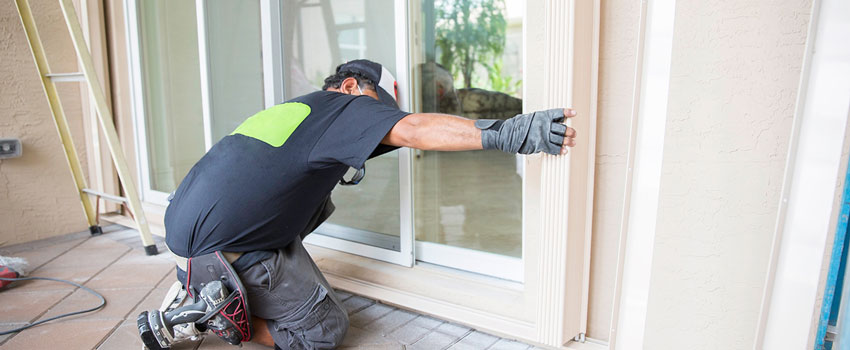Building a Window Screen Replacement

Having window screens that are constructed out of durable materials and that are installed with great precision can last a very long time, especially if they are well cared for and regularly maintained. However, much like any other component in a home, they will eventually succumb to wear and tear over the years and may require some form of repair in order to get them back to good shape.
Further, if your window screen has been severely damaged, it may be time for a replacement. Tackling this type of job should really only be left to the pros who have the skill-set, equipment, and experience needed to get the job done right.
After bringing in the experts, you can expect them to do the following to successfully replace your window screens.
Cutting the Metal Frame Stock
Your window screen professionals will begin by cutting the metal frame-stock. Two lengths of stock are usually cut together at the same time – the identical long top and bottom pieces together, and the two equally long side pieces.
Installing Corner Clips
The corner clips will be slid into place in the ends of the frame stock.
Selecting a Screen Material Type
There are various material types to choose from, but vinyl cloth or fibreglass tend to be the most durable kinds of screen mesh and come in several colours and shades. You may also opt for aluminum screens, which offer excellent visibility but are more vulnerable to damage. Solar fibreglass screens are also available and reduce the amount of UV rays that go through and therefore are great for protecting furniture and flooring.
Placing the New Screen Mesh Over the Frame
After the frame has been cut and assembled, the screening wire can be installed. The screen mesh is laid over the frame and secured and held flat with the use of clamps.
Pressing the Spline into the Frame and Corners
A length of spline is unspooled and installed by pressing it into the groove of the frame using a rolling spline tool. The spline is held tight with one hand and pressed into the groove with the roller. When the corners of the frame are reached, a flat-head screwdriver is used to press the spline into the corner and continued with the spline tool.
Trimming the Spline and Extra Screen Mesh
After the spline has been installed around the frame and back to the starting point, the spline is trimmed to length with a utility knife. Any excess screen mesh is trimmed from outside of the frame.
All of these steps require a great deal of precision and expertise, which is why they are best left to the experts in window screen repair and installation. If your home’s window screens require repair or replacement, be sure to entrust this task to the professionals at Doctor Screen.
Call your local Doctor Screen distributor today to book your consultation!
